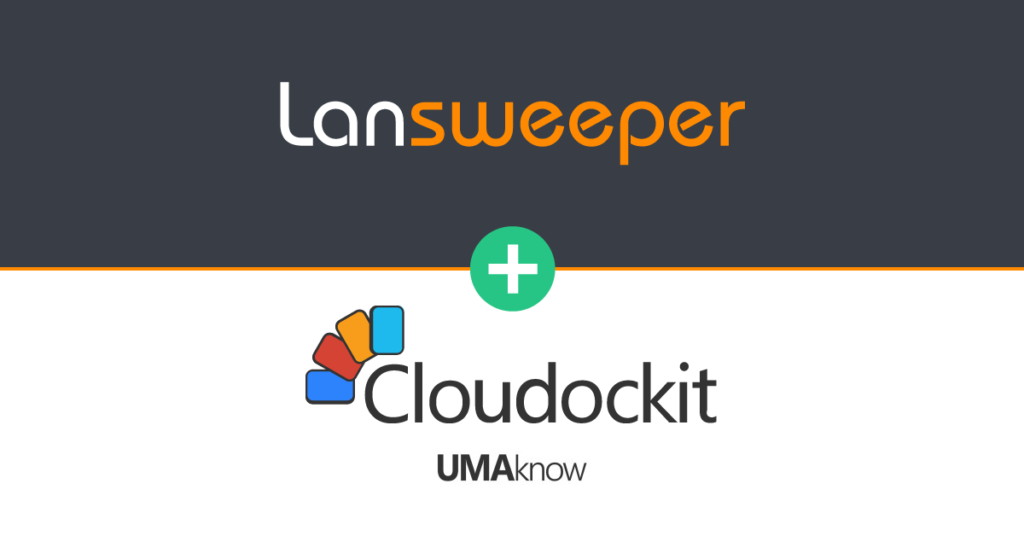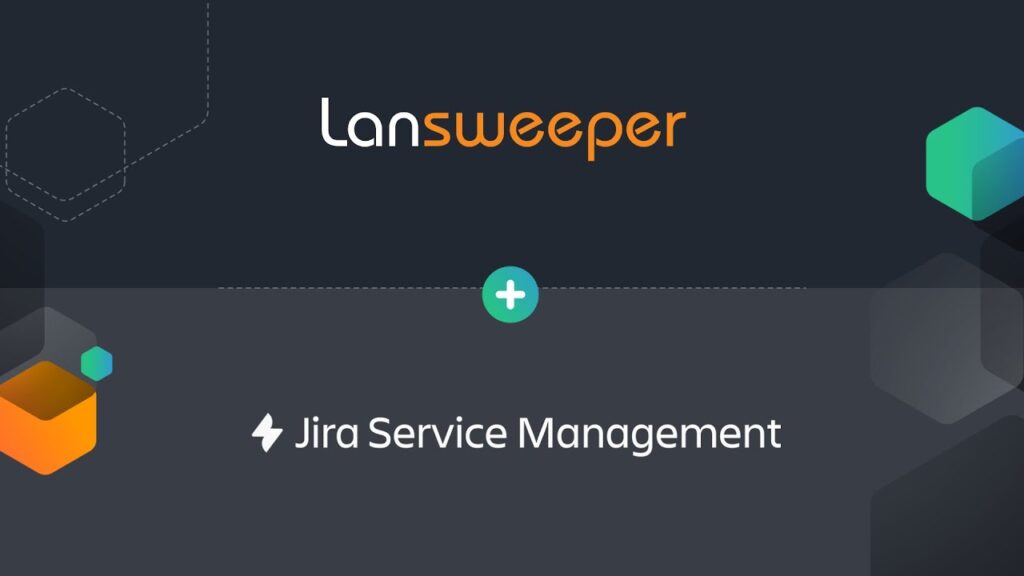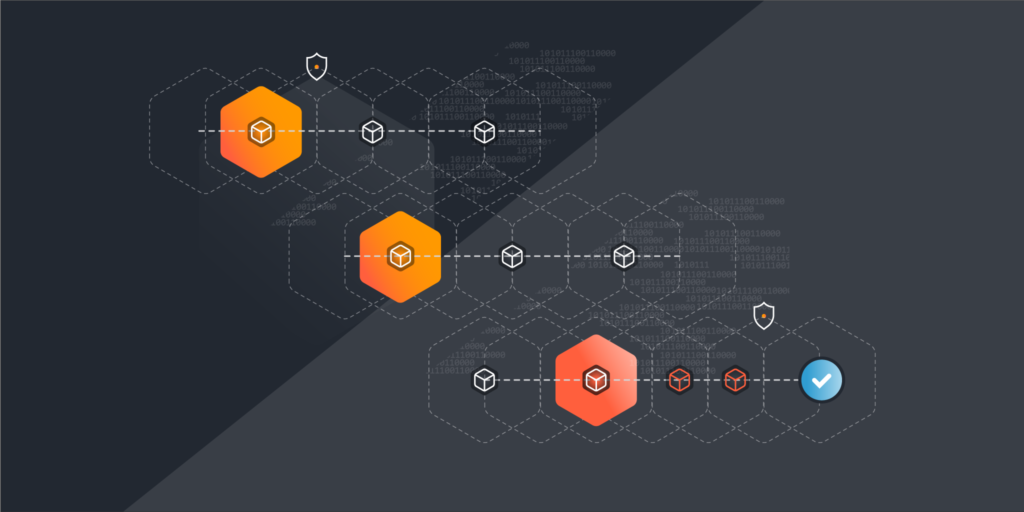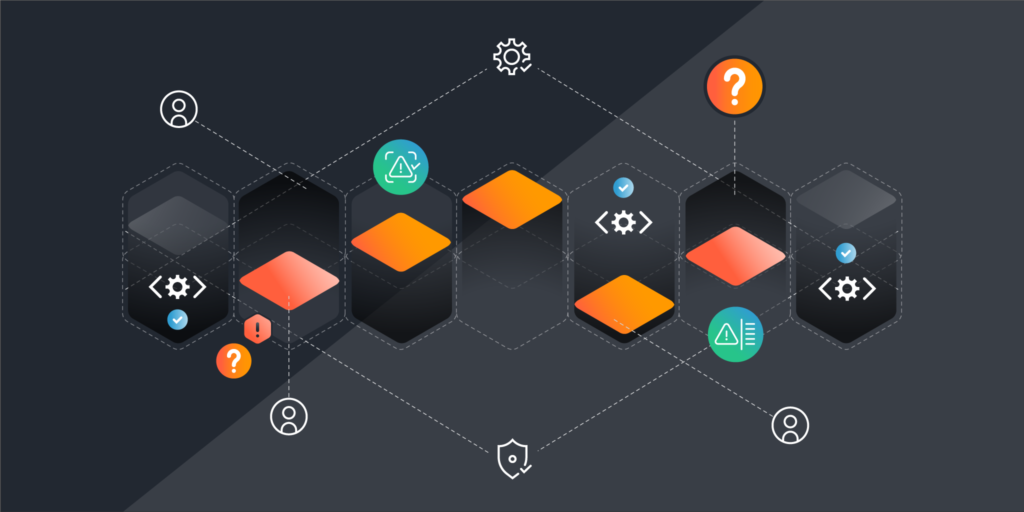
Early in 2022, Lansweeper acquired the cloud documentation software Cloudockit. On the first day of the Lansweeper 360 user conference, Cloudockit’s Customer Success Manager joined us for a break-out session about Cloudockit and what the future holds for it as a part of the Lansweeper toolset.
Watch the "Discover Cloudockit and our Integration Roadmap" webinar here.
Discover Cloudockit and what the future holds for it as a part of the Lansweeper toolset.
Watch the WebinarWhat Is Cloudockit?
Cloudockit takes the hassle out of creating cloud documentation. Manual monitoring of assets is time-consuming and error-prone and makes it nearly impossible to get a clear, accurate, and up-to-date overview of your cloud environment. Cloudockit will automatically scan and generate architecture diagrams and cloud reports covering the entirety of your AWS, Azure, and Google Cloud environments. It helps you stay on top of your cloud infrastructure despite the fast-paced and ever-changing nature of cloud computing. Both cloud diagrams and technical reports contain a wealth of information critical to making informed decisions on cloud strategy, spending, security and compliance, along with tracking changes in your cloud.
Diagrams generated by Cloudockit provide a complete and clear overview of cloud environments and are fully editable in Visio, Diagram Software and Flowchart Maker and Lucidchart. They are optimized for cloud landscapes, with standard layouts and icons commonly used by infrastructure architects. Filter diagrams by resource group, application, workload, location or even use tailored diagrams. Cloudockit’s scheduling and automation tool enables you to easily keep track of changes made since your last document generation.
You can also generate exhaustive cloud reports in Word, PDF and HTML to grasp the full scope of your cloud environments. Choose among several templates to meet the needs of the different stakeholders in your company. Cloudockit’s cloud reports include:
- Executive Summary — Quick overview of data centers in use, components, consumption trends, filters and changes
- Billing — where the money is spent, trends and exact amounts
- Cloud Components & Applications — details relevant to your cloud components and applications, including settings, network interfaces, security groups, tags, etc.
- Track Changes — changes made since the last document generation for each cloud component
- Compliance — misconfigurations and vulnerabilities
Conveniently, Cloudockit comes with hundreds of built-in compliance rules based on Azure, AWS, and GCP standards and best practices. Based on the rules you decide to monitor, your technical reports and diagrams will flag misconfigurations and vulnerabilities that could compromise security. Moreover, you can easily add custom compliance rules and security checks to those already in place.
Watch the "Discover Cloudockit and our Integration Roadmap" webinar here.
Discover Cloudockit and what the future holds for it as a part of the Lansweeper toolset.
Watch the WebinarBUPA UK: An Early Adopter Testimony
Bupa UK is a private health insurer, part of the international Bupa Group. They have been using Cloudockit for a number of years ever since Microsoft recommended it to document their Azure estate. They now use the application across multiple teams, cloud architects, operations teams, and the security team. They use the tool to track changes and keep their documentation up to date across their multi-cloud environment. Moreover, Bupa UK needs Cloudockit for their security penetration testing, using the documentation to enable them to view any misconfigurations and security threats.
They have worked closely with Cloudockit’s development team to improve the product and have seen some of their suggestions make it into the tool.
Finally, by feeding the generated documentation in Cloudockit IT Portal for SharePoint, they can easily attach additional information, priming the data to be used by their support team and across other projects. “I believe the most valuable piece is the SharePoint portal,” says Robert, Cloud Security Architect at Bupa UK “because it allows us to see everything all in one place.”
Cloudockit as Part of Your Lansweeper Toolset
Ever since the acquisition in January 2022, the development teams at Lansweeper and Cloudockit have been working to bring Cloudockit’s functionality into Lansweeper. First and foremost we want to bring the data Cloudockit gathers for your cloud assets into your Lansweeper web console to bring your visibility across your entire IT estate, on-prem and virtual. Ultimately, we want you to be able to see all the information Cloudockit can provide in Lansweeper.
Resources are regrouped by business applications, so you can more easily manage them, even for multi-cloud environments. You will also be able to track changes and generate diagrams for resource groups. Business applications allow you to add internal information like who is the technical owner? What’s the launch date? What kind of application is it? These two last pieces combined allow you to clearly see how changes will affect other parts of your business application.
That is not all though. Aside from bringing in Cloud assets, Cloudockit’s tech will enrich the data for your on-prem assets as well. By adding Cloudockit’s diagrams you will be able to see at a glance where your assets are sitting in your infrastructure and what they are connected to. The same icons you find on Cloudockit’s cloud diagrams will let you know if anything is wrong with the asset and who you should reach out to to get it fixed.
Watch the "Discover Cloudockit and our Integration Roadmap" webinar here.
Discover Cloudockit and what the future holds for it as a part of the Lansweeper toolset.
Watch the Webinar

